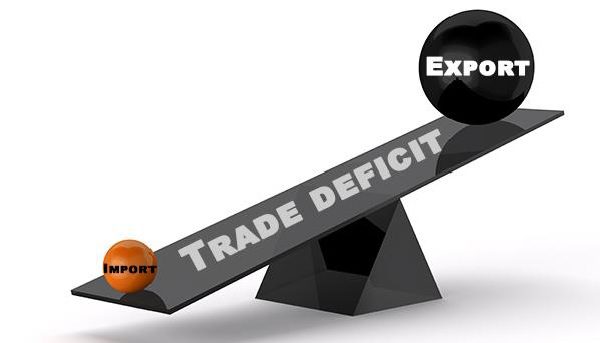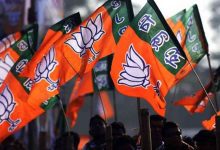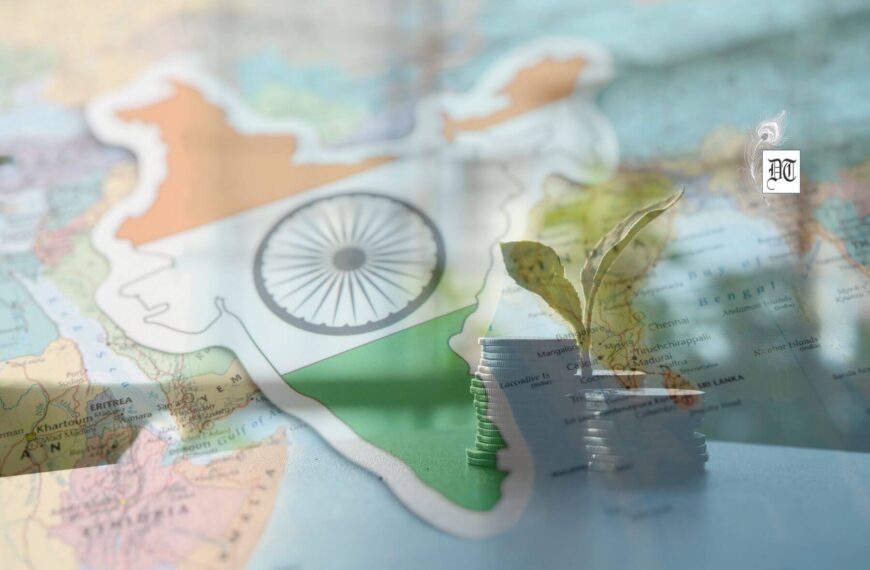There are warning bells already as India’s trade deficit remained very high. This made the balance of payments situation vulnerable and it was time government became conscious of it and carried out big-ticket exports reforms as this is the right time to push exports with global trade looking up and expected to clock over 4.5 percent growth annually in the next couple of years. A report, for Different Truths.
India might not be facing a balance of payment crisis now as in 1991, which forced government of the day to go for drastic reforms that opened up the economy. The country has come a long way since then. From $1.7 billion of foreign exchange reserves, enough to meet just two weeks of imports, it was now over $420 billion to meet nearly a year’s imports. India’s balance of payments might now be well balanced but the question: is India out of the woods as far as external sector is concerned and the answer is certainly a big ‘No’.
There are warning bells already as India’s trade deficit remained very high. This made the balance of payments situation vulnerable and it was time government became conscious of it and carried out big-ticket exports reforms as this is the right time to push exports with global trade looking up and expected to clock over 4.5 percent growth annually in the next couple of years. It is time that advanced actions are taken immediately to ensure that vulnerabilities with regard to imports and exports are adequately addressed.
Overdependence on capital flows might have helped India to manage current account deficit with ease. But this easy availability should not make us ‘complacent’, warns former chairman of Prime Minister’s Economic Advisory Council and former RBI Governor C Rangarajan emphasising that “the tail of capital flows should no wag the dog of the current account deficit”.
The liberalisation of FDI policy is welcome as FDI is any day better than portfolio investment to manage current account deficit. With low inflation and fiscal deficit, India is bound to attract more capital flows. Annual FDI flows have crossed $60 billion already. India’s current account deficit usually hovers around 2-2.5 percent of GDP, which meant around $45-60 billion inflows are required. This is certainly a manageable level. But what is important is that India should maintain much lower current account deficit or work towards current account surplus as in China through much larger exports to ensure that any fluctuation in capital flows do not cause distortions in the economy.
At $420 billion, India’s forex reserves can serve as a buffer to withstand any shock in capital flows. But Thailand’s experience during East Asian crisis in the late 1990s indicates such high reserves cannot provide a shield if the fundamentals were wrong, Rangarajan points out stressing that it is possible to use the reserves as tool of economic strength only when the nature of reserves changes and they are built out of accumulation of current account surpluses.
With India’s overdependence on imports for its oil requirement, there is need to step up exports throughout of the box thinking so that surpluses are built. The tariff war triggered by U.S President Donald Trump will certainly act as a dampener as it has come at a wrong time for India as it is now fully ready to get integrated with the rest of the World. The developed countries resorting to increased protection has made India’s external situation more vulnerable, Rangarajan said recently delivering the first ever Saumitra Chaudhuri Memorial lecture. India spends a huge amount on imports of oil, gold and electronics goods. Eighty percent of oil requirement is met through imports and this is the only rising year after year. There is a huge appetite for gold, which is mostly imported, besides being a dead investment by way of spending in jewellery. India is weak in the hardware manufacture resulting in huge imports of electronics goods in spite of Make in India initiatives. This being the case there is a strong case for expanding exports, which is essential for not only reversing the widening trade deficit but also to neutralize the impact of capital flows on the exchange rate.
As the external sector is a major driving force of economic growth, the government cannot remain a mute spectator. Former senior economic advisor in the finance ministry HAC Prasad is right in saying India needed to get a respectable share of world exports. India’s share in World merchandise, that is, goods exports are mere 1.7 percent in 2016 as compared to 13.7 percent of China. India should aim at raising it to a respectable 5 per cent at least in the next five years growing at 27 percent yearly. This is not impossible as India had done it in the past during 2004-09. To achieve this India should make exports demand driven rather than supply driven particularly in case of agri-exports, which can be as high as $100 billion annually from a mere $30 billion. This will also give better income to farmers and encourage food processing industries in the country. Ease of doing business has remained only on paper which needed to improve, and transactions costs, which are very high, will have to come down drastically. If exports reforms are carried out, merchandise exports could leapfrog from the present $300 billion yearly to $800 billion in five years. India’s services exports surging towards $200 billion could be more than doubled in the next few years by launching ‘Services from India’ initiative just as Make in India initiative in the manufacturing sector.
Having created a strong domestic market with the rise of middle class, now estimated over 300 million, it is time India looked at pursuing export-led growth strategy just as China so that India did create current account surplus. India’s external sector should not remain vulnerable even though India’s balance of payments situation is reasonably well managed despite some blips since the economy was opened up in 1991. India had an opportunity to become a global manufacturing hub in the early part of 2000 but we missed the bus as big-ticket reforms were not carried out in exports and the external sector. The opportunity has come again and one only hoped we did not miss the bus again even though Donald Trump could put a spoke in the wheel.
K R Sudhaman
©IPA Service
Photo from the Internet





 By
By

 By
By
 By
By